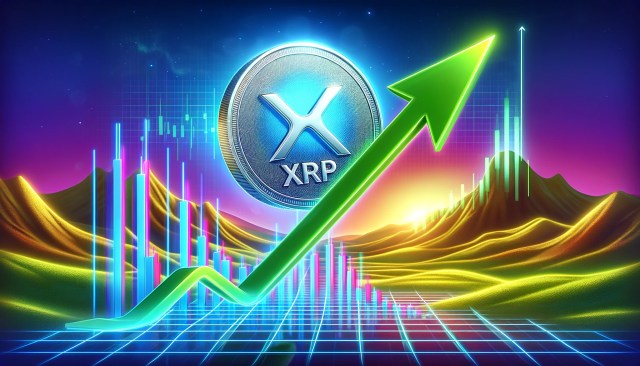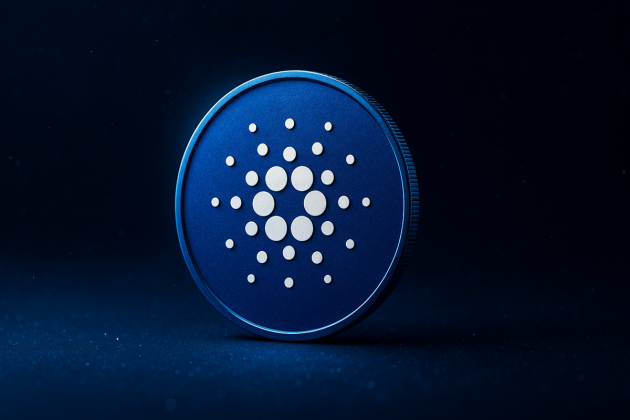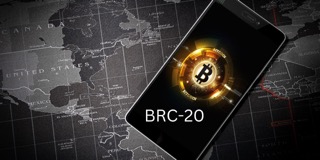The rise of fungible tokens on the Bitcoin blockchain has brought about the introduction of the BRC-20 token standard, which is specifically designed for use with Bitcoin. Due to their interchangeability and equal worth, fungible tokens have significantly increased in popularity in the world of cryptocurrencies.
The development of fungible token standards like BRC-20 is crucial for the Bitcoin blockchain since it creates new opportunities for tokenization and the production of digital assets. It broadens the use cases beyond just using Bitcoin as a digital currency by enabling the smooth transfer and administration of assets on the Bitcoin network.
The future of fungible token standards on the Bitcoin blockchain, it is crucial to remember, has not yet been fully realized. The acceptance and application of such standards will be influenced by a number of variables, such as scalability concerns, cryptocurrency regulations, and market demand. As the ecosystem develops and technology advances, we will likely see how fungible token standards shape the future of the Bitcoin blockchain.
BRC-20 token standard, explained
The BRC-20 token standard is an experimental fungible token standard designed specifically for the Bitcoin blockchain. But who created the BRC-20 token standard? The BRC-20 token standard was created in early March 2023 by Domo, an enigmatic blockchain analyst. The standard supports the creation and transfer of fungible tokens via the ordinals protocol. Ordi, Vmpx and Pepe are examples of popular tokens on the BRC-20 token list.
That said, the BRC-20 token standard diverges significantly from its ERC-20 counterpart by foregoing reliance on smart contracts and making use of ordinal inscriptions instead. Bitcoin ordinal inscriptions have been supported on the Bitcoin network since Jan. 21, 2023, when software engineer Casey Rodarmor implemented the protocol.
The upgrade allowed Bitcoin (BTC) users to inscribe data such as JavaScript Object Notation (JSON) — which is basically code, images and text — onto satoshi tokens (ordinals). One satoshi is a fraction of one Bitcoin, and 100 million satoshis make up 1 BTC.
In contrast to token standards such as ERC-20, TRC-20 and BEP-20, where smart contracts govern crucial processes, the BRC-20 standard operates under a distinct modus operandi.
It allows JSON inscriptions to be used to program satoshis. The satoshis with the inscriptions are referred to as ordinals, which are nonfungible in nature and share similarities with nonfungible tokens (NFTs). Being nonfungible means that each orindal is unique and has distinct attributes. When it comes to programming, smart contracts are more versatile when compared to ordinals. Ordinals are limited to token minting and transfers whereas smart contracts have more use cases.
Among the key features of BRC-20 tokens is that they are fungible. This means that they are interchangeable and have equal value.

What are the pros and cons of the BRC-20 token standard
Pros of the BRC-20 token standard
The BRC-20 token standard has numerous pros that have helped to propel its rise to prominence. The following is an outline of some of them.
Compatibility with the Bitcoin network
Compatibility stands as a defining advantage of the BRC-20 standard, as it enables Bitcoin ordinals and BRC-20 tokens to integrate seamlessly with the Bitcoin blockchain. This allows the framework to flourish due to its capitalization on the network’s robustness and widespread acceptance.
This factor also allows the standard to make use of the network’s existing infrastructure, such as its wallets and the exchanges that support the network, hence the rapid acceptance within the Bitcoin community.
Simplicity
The BRC-20 token standard utilizes a simplified tokenization mechanism that makes it easy to use. This is unlike other token standards that rely on intricate smart contracts. It sidesteps smart contracts, which can sometimes be complex to configure. This allows users to mint and transfer BRC-20 tokens without requiring specialized technical expertise.
Security
The BRC-20 token standard boasts exceptional security, owing to the inherent robustness of the Bitcoin blockchain, which has proven to be one of the most secure chains in the industry. Its decentralized nature, algorithmic technologies and proof-of-work consensus mechanism help fortify the system’s overall security.
By utilizing the Bitcoin blockchain, the BRC-20 standard is able to capitalize on these security mechanisms to safeguard its integrity.
Growth potential
As more projects embrace the BRC-20 standard, innovation and novel use cases are bound to arise. This factor, coupled with the vast and diverse network user base, is bound to attract the attention of developers, investors and users, fostering the expansion and maturation of the BRC-20 token standard over time.
Cons of the BRC-20 standard
While the BRC-20 token standard undoubtedly has numerous advantages, it is prudent to recognize that, like any other technological solution, it also has some inherent limitations. The following is an outline of some of them:
No smart contract functionality
Unlike other token standards, such as the Ethereum network’s ERC-20 standard, the BRC-20 standard lacks support for smart contracts. These blockchain-based snippets of code broaden the spectrum of capabilities on chains that support them.
This is because they can be configured to enhance aspects such as automation, transparency, security and asset management. As such, the absence of smart contract support in the BRC-20 standard may limit its capabilities in coming areas.
Dependency on the Bitcoin blockchain
The BRC-20 standard is dependent on the Bitcoin blockchain, and this subjects it to the network's intrinsic constraints. The limitations include low scalability and slow transaction speeds. These problems are set to become more prominent as BRC-20 blockchain utility increases and congestion worsens.
Notably, network congestion has gotten worse since the launch of the standard, which led to an avalanche of Bitcoin ordinals. Millions of ordinal inscriptions have been created in the last couple of months, and the number continues to grow.
The development has caused transaction processing times on the Bitcoin blockchain to increase and network fees to skyrocket. Consequently, the efficiency and cost-effectiveness of BRC-20 token transfers is likely to be negatively impacted as the problem persists.
Limited interoperability
The BRC-20 token standard was specifically tailored to function within the Bitcoin blockchain ecosystem. This aspect leads to interoperability challenges, particularly for users who wish to utilize alternative blockchain systems. This limitation arises due to the absence of the feature on the BTC network.
Interoperability between chains is important because it facilitates seamless token transfers within the crypto ecosystem across disparate blockchain networks. This allows users to use cheaper, more efficient networks when this is convenient.
Limited utility
Primarily designed for the tokenization of fungible assets, the BRC-20 standard is unsuitable for the tokenization of nonfungible assets or the implementation of complex token features such as tokenized ownership rights or conditional transfers.
As such, projects that necessitate more specialized tokenization functionalities that go beyond the BRC-20 standard’s capabilities are likely to seek more feature-rich token standards.
Relatively smaller developer community
Compared to more popular token standards like ERC-20, the BRC-20 standard has a smaller cohort of developers. The limited size of the developer community has the potential to constrain the pace of its technological progress.
How to buy BRC-20 tokens
To buy BRC-20 tokens, it is imperative to have a Bitcoin Taproot-enabled wallet such as UniSat Wallet or Ordinals Wallet. When buying the coins via a marketplace that supports BRC-20 tokens, the wallet should be connected to the platform and ideally have funds in the form of BTC to pay transaction fees.
Before buying, it is important to compare the price of BRC-20 tokens with rates in the wider market. If the price is good, one should proceed to verify whether the seller is genuine.
This can be done by cross-verifying the wallet address balance with the balance reflected on the Unisat.io website. This is to make sure that the wallet balance is exactly the same as that of the seller. This helps to avoid scams. It is deemed safe to make the purchase once these crucial details have been confirmed.
What’s the future of the BRC-20 token standard
The ceaseless evolution of the blockchain technology industry as well as its burgeoning community and expanding user base are elements that could increase the utility of the BRC-20 token standard.
As with any technology that is open to evolution, the future of BRC-20 tokens is susceptible to the ebbs and flows of the blockchain industry and token-economy dynamics. Nonetheless, buoyed by the current frenzy, the use of the BRC-20 standard is likely to grow in the medium term.
That said, BRC-20 tokens, in their current state, have yet to establish a track record akin to that of their counterparts supported by protocols such as the ERC-20 token standard.
Because the BRC-20 standard is still in the experimental phase, BRC-20 tokens are presently not considered ripe for investment. While these tokens hold promise and demonstrate potential within the realm of blockchain-based digital assets, their evolving status necessitates a discerning approach.
Written by Elizabeth Gail











